
From meat-free burgers and alcohol-free cocktails to exotic spices and powders made from nutritious vegetables, today’s diners and home cooks have an ever-changing wealth of ingredients and means of preparation to please their palates.
Every year, we see new food fads, hotly promoted raw materials or concoctions that are suddenly everywhere, and then suddenly, often, gone. Not all fads disappear, however. Some evolve into trends, and from trends into essential elements of our diet (consider once-obscure Italian greens like radicchio and arugula, once rarities in America and now impossible to avoid).
A trend is a fad with legs. Fads come and go, by definition. (More than 100 years ago, The Century Dictionary and Cyclopedia defined a fad in it part as a “trivial fancy adopted and pursued for a time with irrational zeal.” The term’s etymology is uncertain, but it might derive from the Latin “fatuus,” meaning “stupid.”) Trends lend legitimacy to fads, and take our cooking and eating habits in new directions.
Fads from recent years, such as plant-based meat and Middle Eastern food evolved into full-scale trends, and are now virtually part of the mainstream. Others, such as poke bowls, never really made the transition, and though this Hawaiian raw-fish preparation may seem ubiquitous, restaurants serving versions of poke have been closing and filing for bankruptcy.
The fads and trends on the following list, in no particular order, are based on food-related news reported throughout the year, as well as on reports released by the National Restaurant Association, grocery stores such as Whole Foods, and dining guides such as the Guide Michelin.
Click here to see the biggest food fads of 2018.
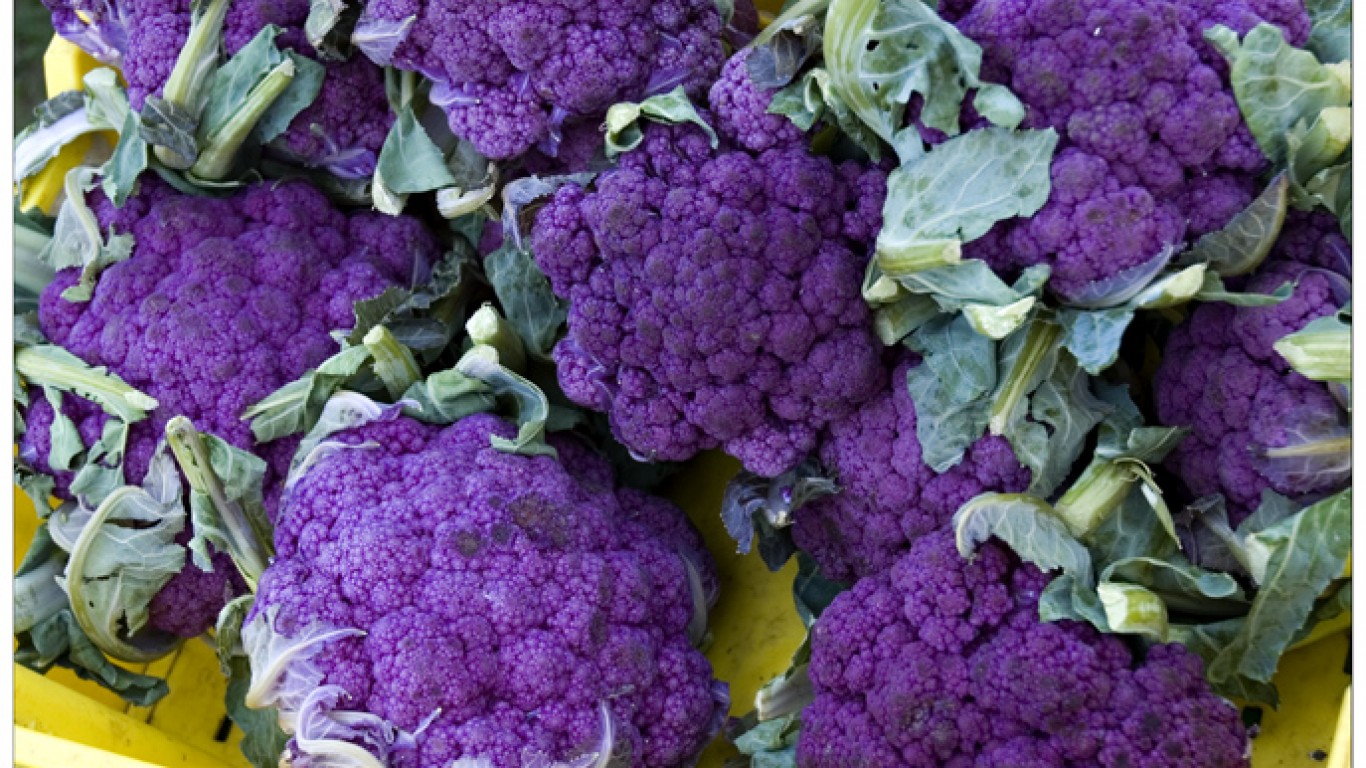
Purple vegetables
When it comes to produce, nutritionists often advise us to “eat the rainbow,” because vegetables of different colors offer a different range of nutrients, so the more colorful the plate the better. Purple fruits and vegetables (grapes, figs, cabbage, eggplant, etc.) have been around for a long time, but lately other purple choices have been showing up on menus, among them purple-skinned carrots, purple sweet potatoes, purple broccoli and brussel sprouts, and purple potatoes — which have four times the antioxidants of normal white ones.
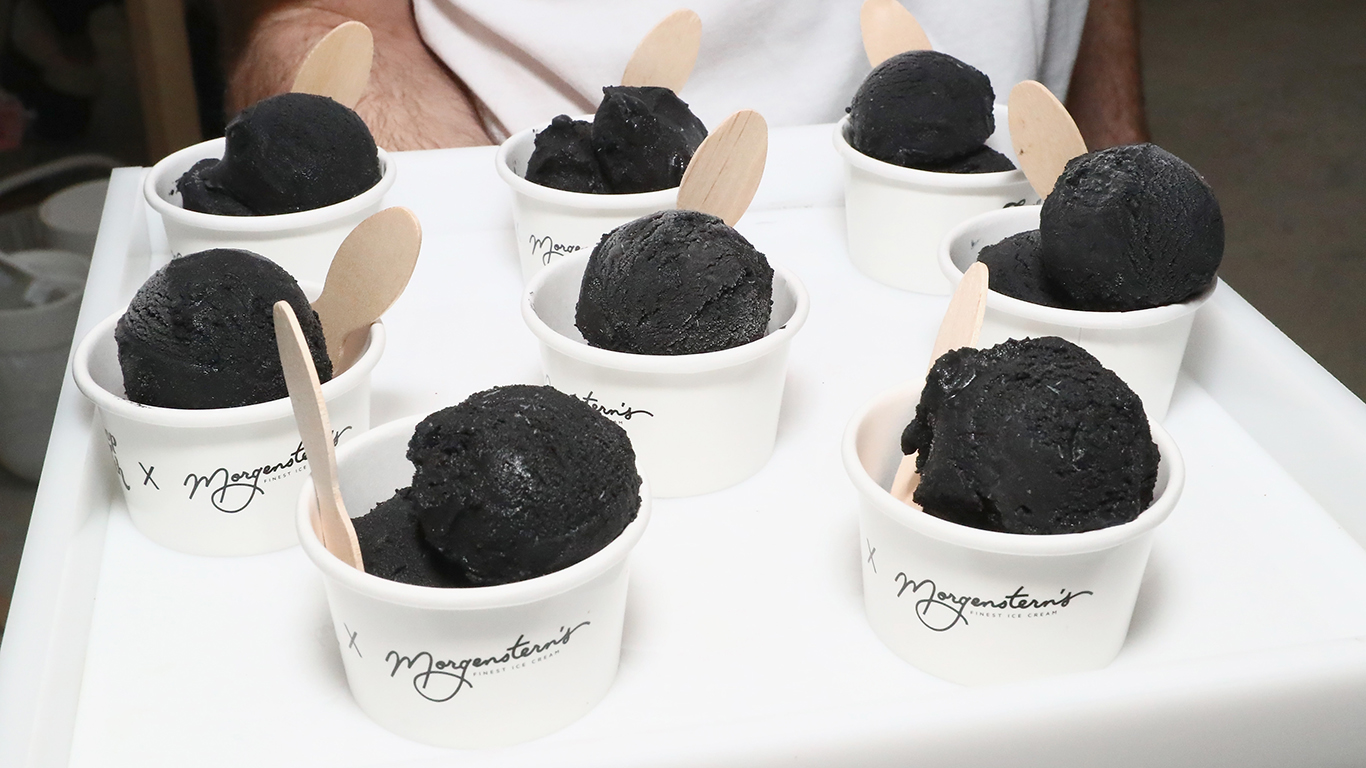
Unexpected ice creams
Cream, sugar, and cured pork mixed together? Not many people would have expected this combination to become a hit. Some innovators in New Jersey, however, love their region’s emblematic Taylor ham (or pork roll) so much that they decided to put it in ice cream, and their clientele is growing. Across the Hudson River, meanwhile, a dumpling company in New York City had the idea to flavor ice cream with pickles. Put the two frozen desserts together and you’d have a pretty unusual ice cream sandwich.
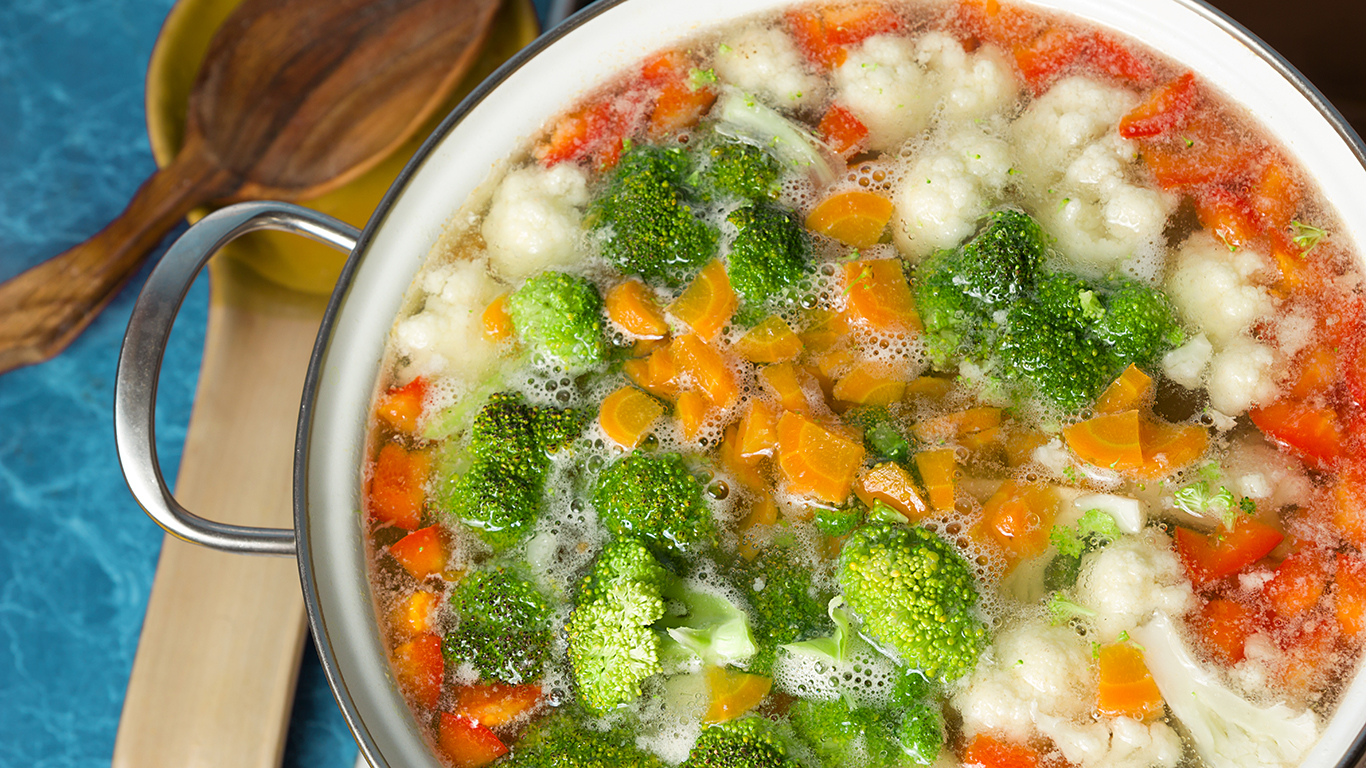
Souping
Souping is basically juicing, but with more vegetables and often broth. Soups are well-known for their weight-loss benefits, because they let people fill up on fewer calories. Whole diets based around soup, increasingly popular, are considered healthier than juice diets because they typically include more dietary fiber than juices do.
[in-text-ad-2]
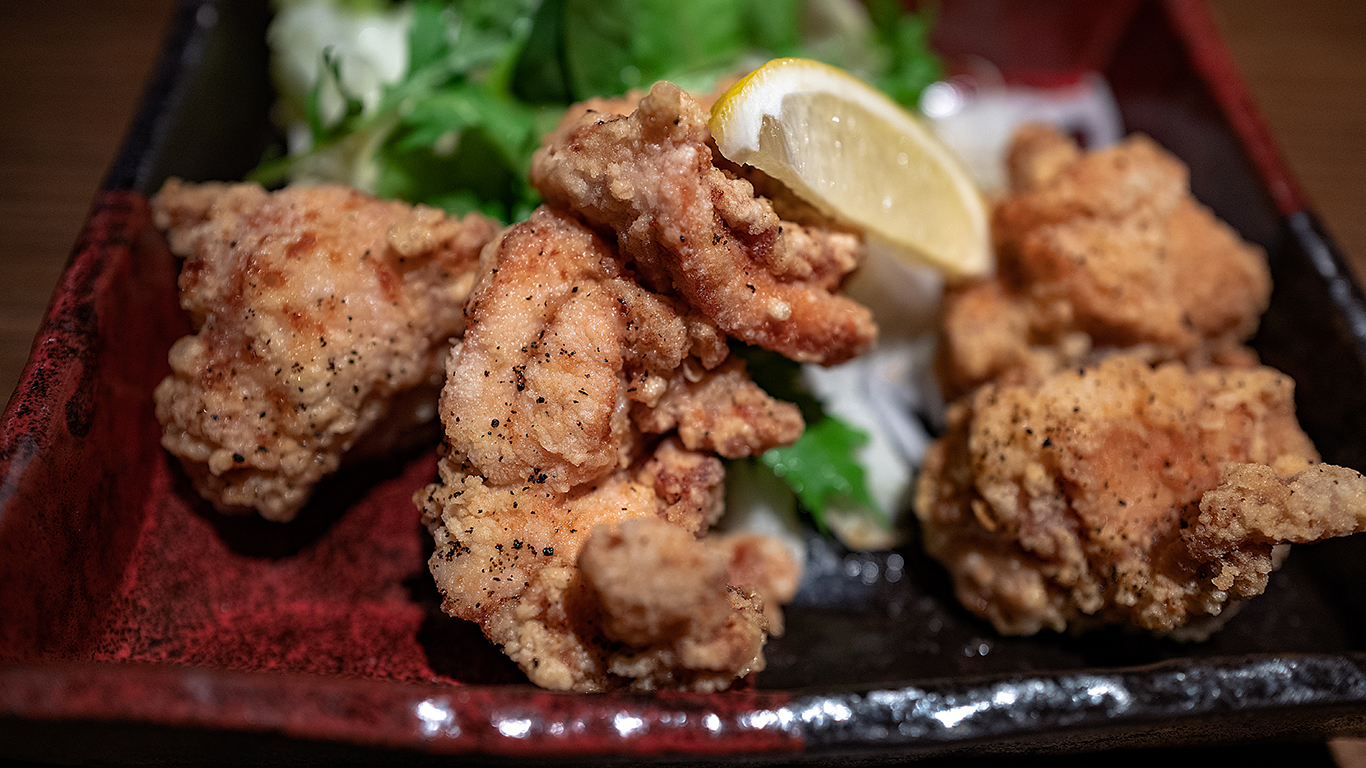
Japanese “dude” food
Forget delicate arrangements of raw fish or nourishing bowls of ramen. Dude food — casual offerings serving in large portions — are the craze in Japan, and spreading rapidly everywhere Japanese food is known. Examples of Japanese dude food include “manly” portions of junk food like fried chicken, sashimi pizza, and everything tempura. The phenomenon originated in Japan’s izakaya, bar-food pubs.
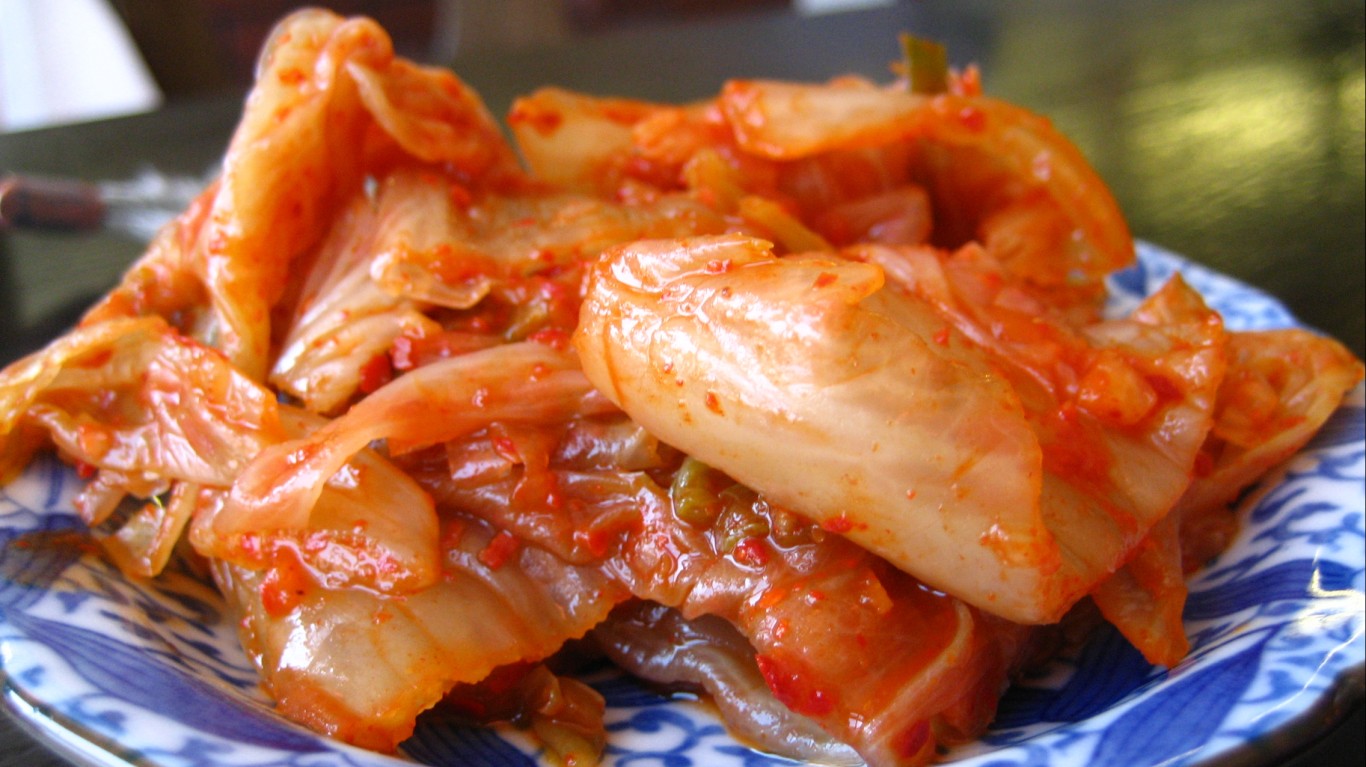
Probiotic foods
Probiotics are found naturally in the body. These so-called “good bacteria” and microorganisms help the digestive system. Yogurt and kefir are among the most popular external sources of probiotics, but kimchi, sauerkraut, pickles, miso, and kombucha are other examples. Google searches for foods that help with digestion have increased exponentially. Despite their popularity, though, research suggests, probiotics have no known benefits for healthy people, and doctors warn against taking over the counter probiotics supplements, since they are not FDA-regulated.
[in-text-ad]

Starbucks latest Frappuccino
Every new Starbucks coffee-based confection seems to achieve fad status, at least for a while. Sometimes, as in the case of their cultish Pumpkin Spice Latte, the fad gets revived every year until it becomes virtually a part of the culture. Whether or not that happens with the chain’s introduction of summertime 2018, the Serious Strawberry Frappuccino, remains to be seen. An earlier pink-hued concoction, the widely Instagrammed Unicorn Frappuccino, has been phased out of the lineup, according to an announcement made in April.

Frosé
Frosé — rosé wine blended into a kind of slushie, often with such ingredients as strawberries, watermelon, grenadine, lemon juice, and even sometimes vodka added — were the summer’s trendiest drink back in 2017, but proved remarkably resilient this year, too. Taco Bell even added a version to their menu this year.
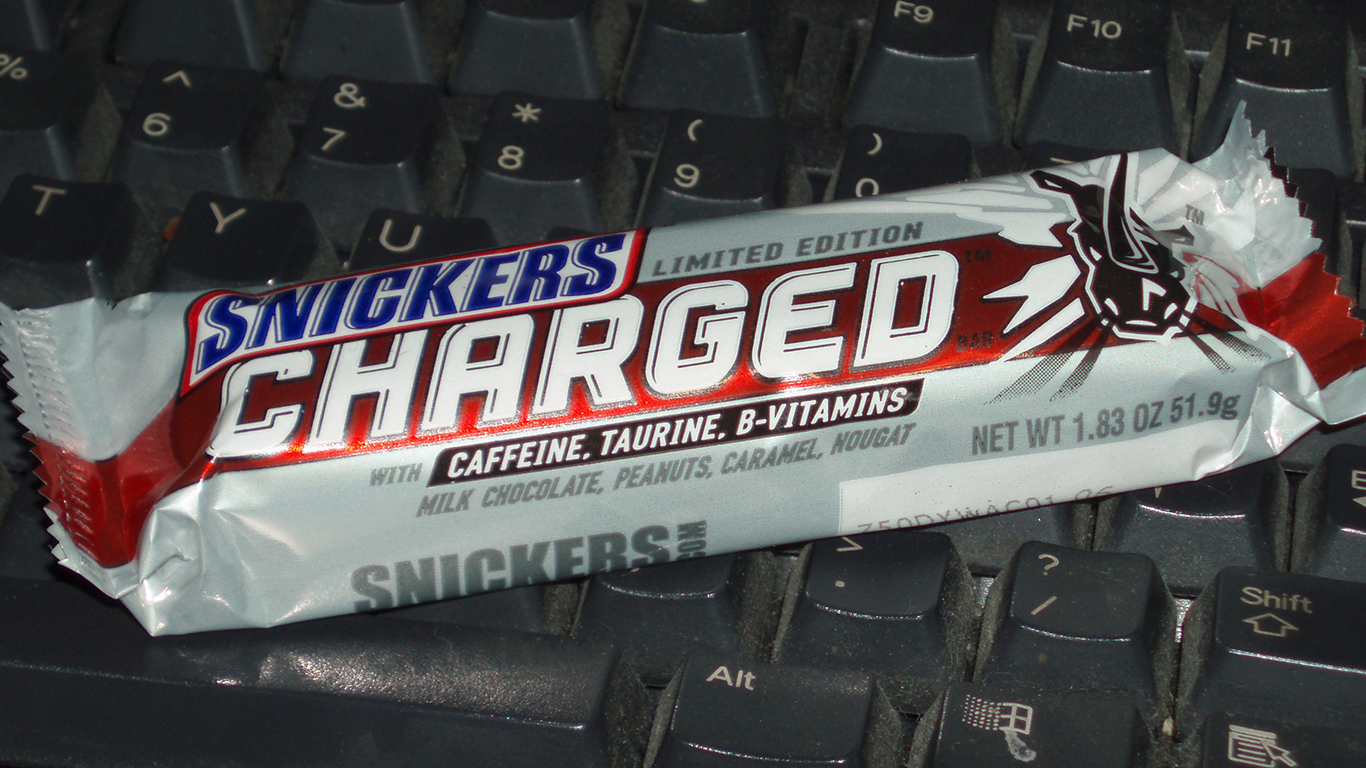
Caffeinated snacks
Not everybody likes coffee, black tea, or Coke, but those aren’t the only tasty sources of caffeine these days. The stimulating compound is now being added to protein bars, ice cream, yogurt, hot sauce, gummy bears, and even marshmallows. You can even buy chewable coffee in the shape of cubes.
[in-text-ad-2]
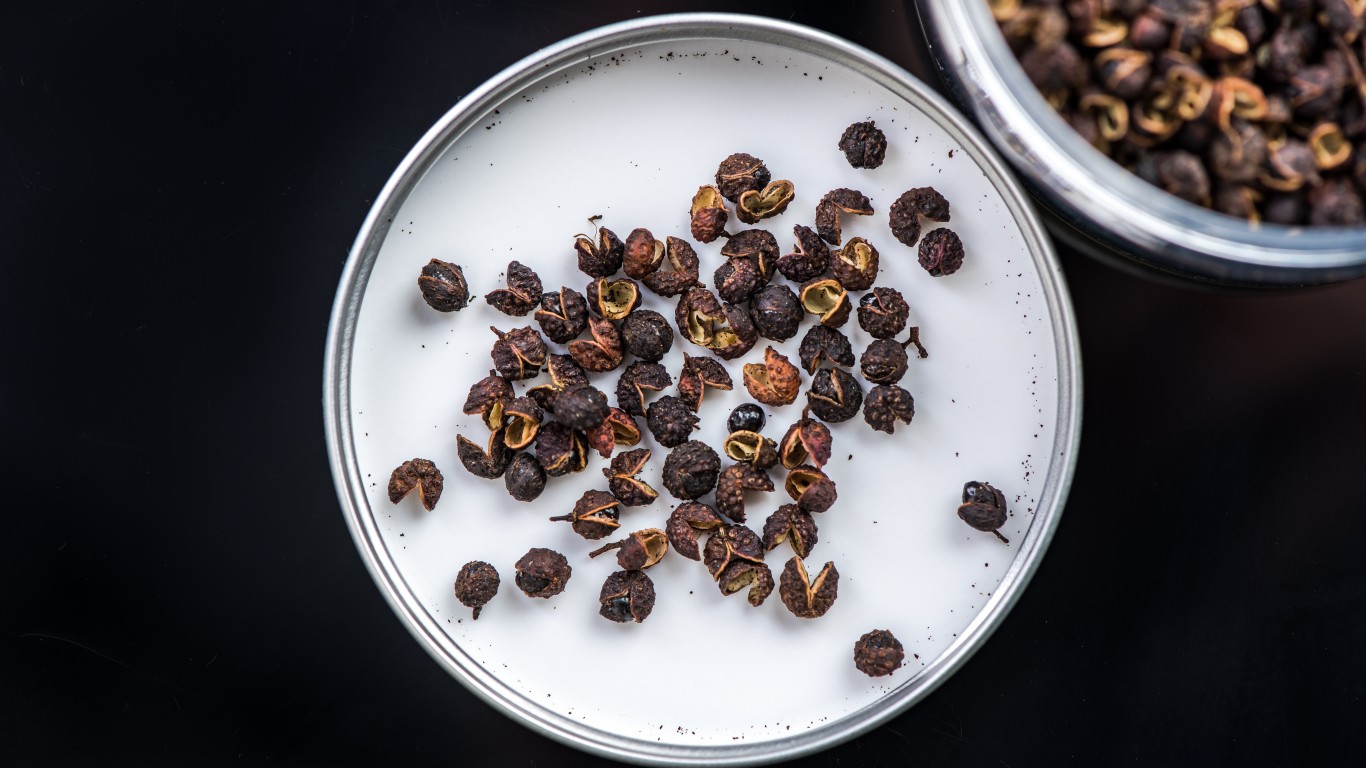
Timut pepper
This fresh spice, originally from Nepal, comes in the form of peppercorns that taste a little bit like grapefruit (some say passion fruit) and, like Sichuan peppercorns, to which they are related, , can leave a numbing or tingling sensation in the mouth. That hasn’t stopped them from becoming popular, mostly in Indian and other Asian dishes, but also by chefs in other fields, who use the spice in both sweet and savory dishes, and even cocktails.
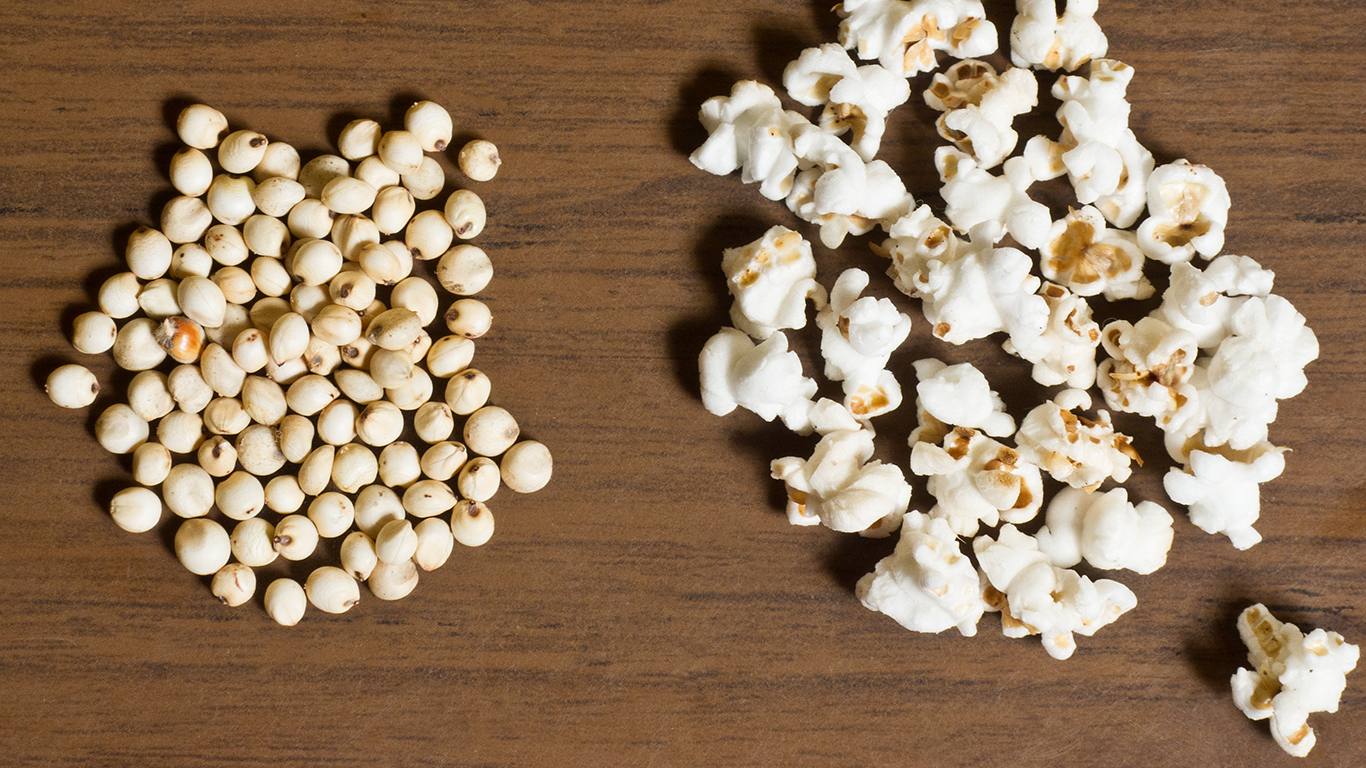
Popped sorghum
Sorghum is a grass, and one of the world’s top five cereal crops. The popular of the “popped” grains is doubtless due to the facts that they are naturally gluten-free and have fewer calories than popcorn. They’re a little sweeter, too, and don’t stick to your teeth.
[in-text-ad]

Hydrogen water
Celebrities are embracing hydrogen water these days, and producers are selling it for $3 per 11-ounce bottle. Is it worth the price? There is no scientific evidence suggesting hydrogen water — which is simply water that has extra hydrogen gas added — offers any more benefits than plain tap water. A study test its supposed effects on nerve and cognitive function showed no significant difference between people who drank hydrogen water and those who had the ordinary stuff.

Alternative milks
Plant-based milks — particularly those made from soy and almonds — have been a popular substitute for dairy milk for years (just ask your local Starbucks barista). Now we’re seeing milks made from flax, hemp, cashews, oats, and — the latest craze — dried yellow peas.
Another newly trendy item is turmeric milk. This is conventional cow’s (or soy) milk turned golden with the spice turmeric, touted as a superfood for its anti-inflammatory and antioxidant properties (though new research suggests that it might not actually have significant health benefits.)

Alcohol-filled doughnuts
Donuts with non-traditional filling, such as peanut butter and jelly, Snickers bars, taro root, and Earl Grey tea, have been on the market at least since 2012, and are getting more popular all the time. If you are of appropriate age, you can now choose doughnuts made with various kinds of booze, as well, including vodka, Bailey’s Irish Cream, and banana liqueur.
[in-text-ad-2]
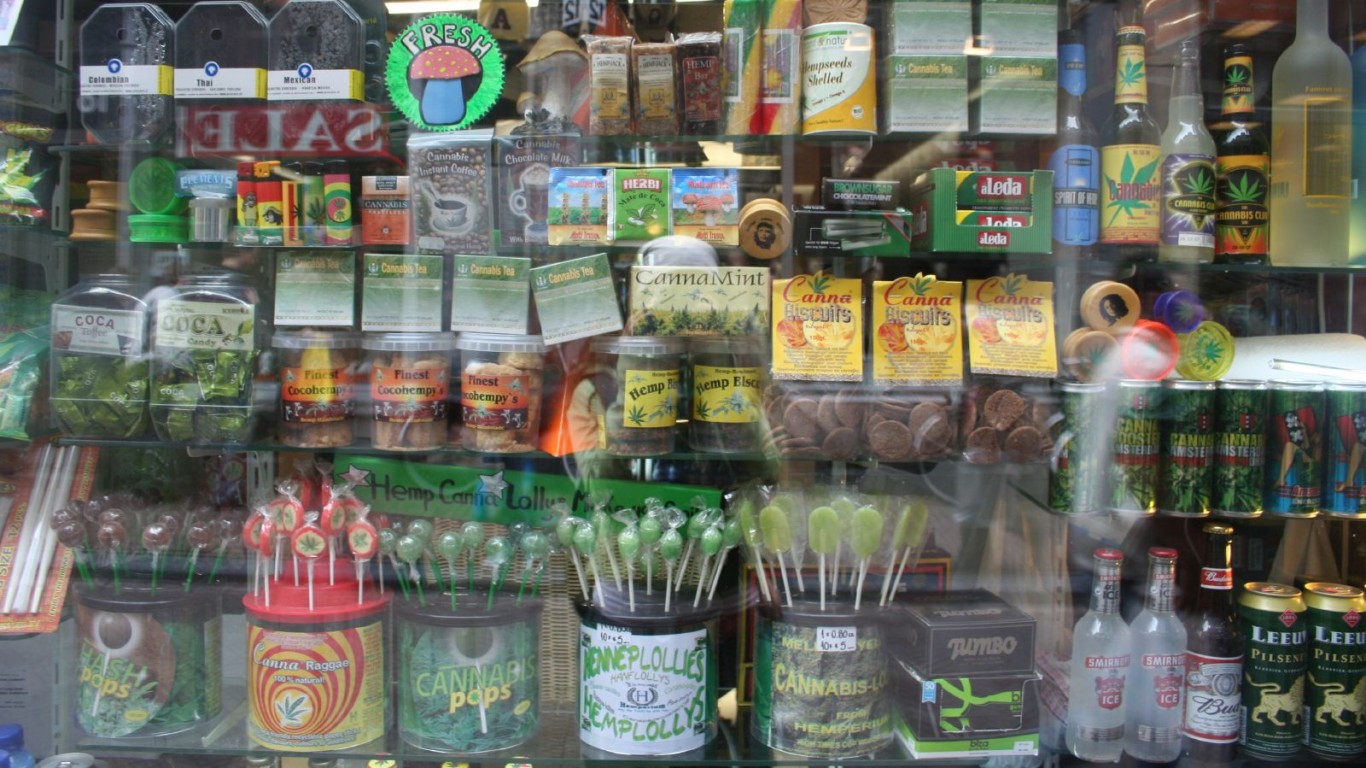
Cannabis-infused edibles
Recreational marijuana use is now legal in ten states and the District of Columbia and decriminalized in 13 more. For those who prefer not to smoke, cannabis is appearing infused into a wide range of products, including candies and baked goods, vitamins, non-alcoholic beverages, and even wine — in which it may replace the traditional alcohol. According to one survey, 43% of people would try cannabis-infused products if offered. The next obvious step: serious chefs working cannabis into their culinary creations — like Miguel Trinidad, who stages private dinners around the country featuring such dishes as steak tartare and lobster risotto infused with pot.
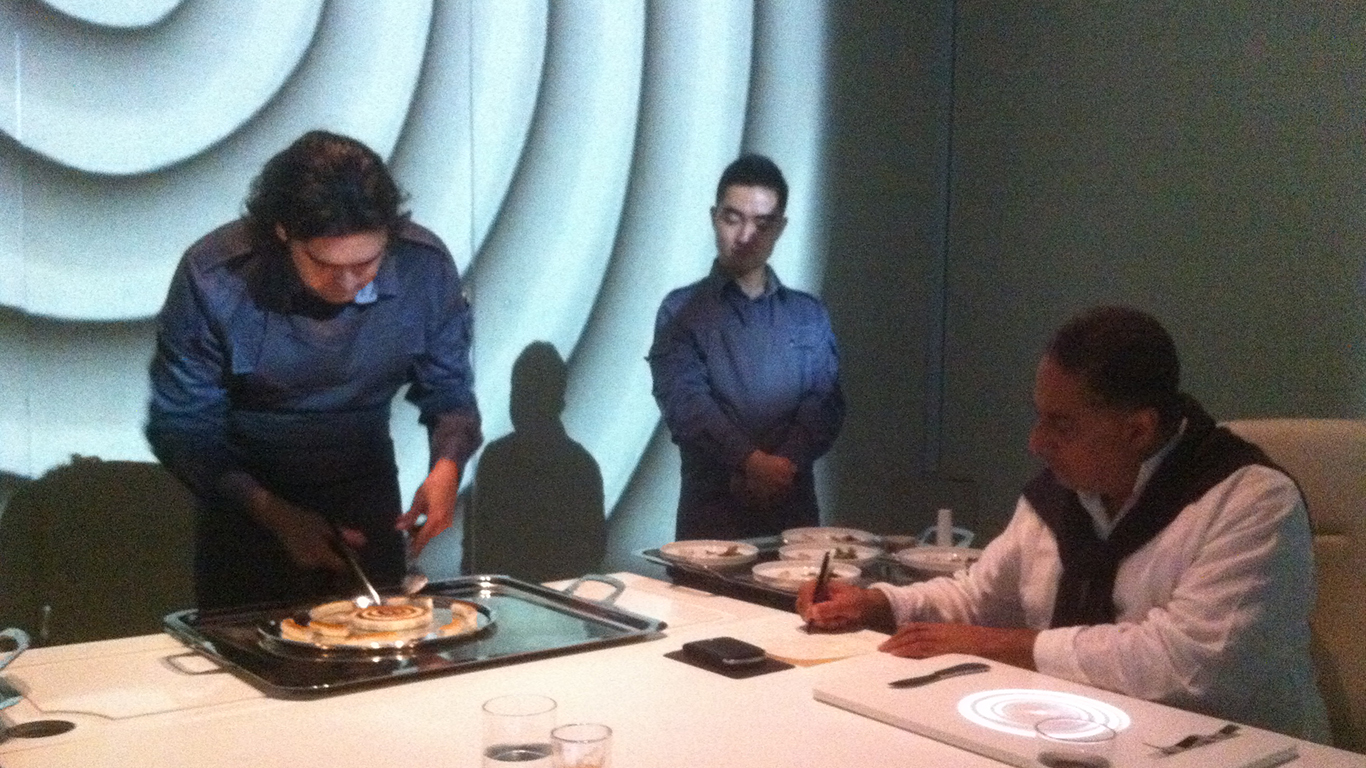
Entertainment dining
Dining is now often combined with entertainment and technology. You don’t have to choose between dinner and a movie, when you can have both at the same time in cinemas that offer food and drink served right in the auditorium. You can also eat while playing games like billiards, bowling, or golf. Experiential restaurants like Heart, a collaboration between Cirque de Soleil and legendary Spanish avant-garde chefs the Adrià brothers on the Mediterranean vacation island of Ibiza, or Ultraviolet, French chef Paul Pairet’s multi-sensory dining experience in Shanghai, take the concept even further.
[in-text-ad]

Ghost restaurants
Ghost restaurants — virtual or delivery-only restaurants, often operating out of full-service places, using underutilized space or personnel — are sometimes called the hottest trend in food service today. More and more people order take-out food, especially through apps, and physical visits to sit-down eateries is on the downturn. Nine out of 10 people surveyed say that ordering in makes their lives easier, according to a 2016 report.
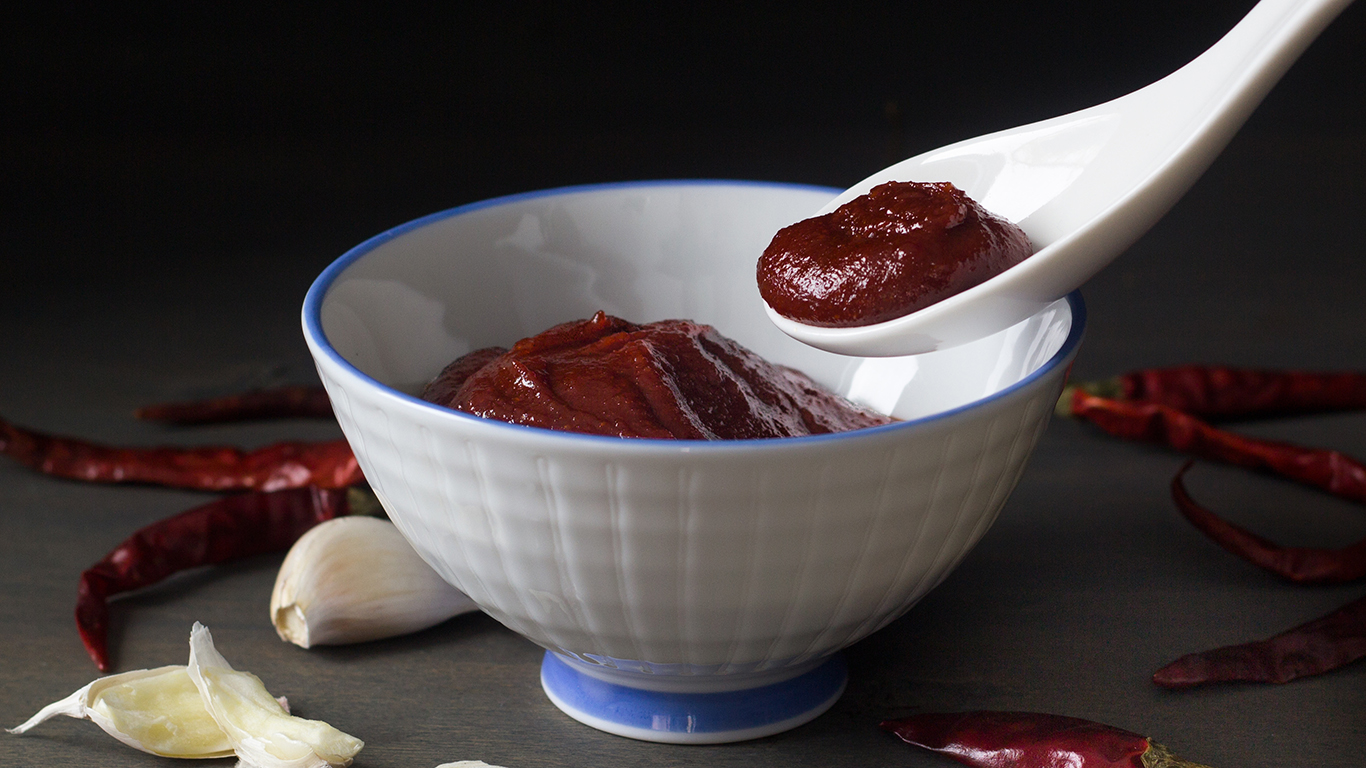
Korean condiments
Ketchup, mustard, mayonnaise, Tabasco, and even sriracha don’t cut it anymore. Korean condiments, both fermented and unfermented, are replacing them. Among these new favorites, besides the ubiquitous kimchi (salted, fermented cabbage or other vegetables), are gochujang (red chile sauce or paste), doenjang (soybean paste), and eoganjang (fish sauce). Look for them on tables — even non-Korean ones — near you.

“New” cuts of meat
Every culture butchers meat differently, and American butchers and chefs are starting to discover “new” cuts as a result. Secreto (pork brisket), shoulder tenders (a small muscle in the beef shoulder), bavette or sirloin flap (a popular cut in French bistros), and baseball cut steaks (the upper part of top sirloin), are gaining popularity. A survey of 700 professional chefs identified such meats as the most popular current food trend.
[in-text-ad-2]
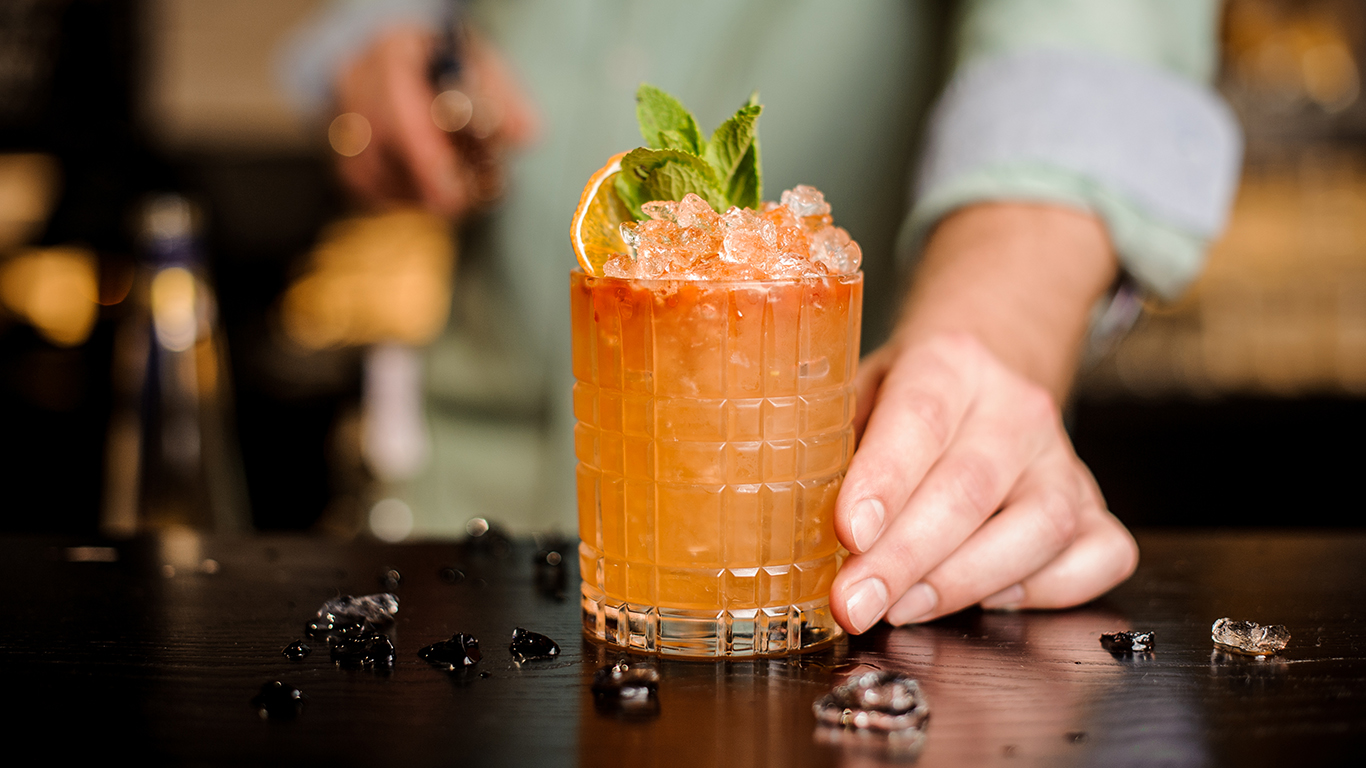
No-alcohol cocktails
People who are looking to cut back on alcohol consumptions have it easy. High-end no-alcohol drinks, also known as mocktails, are everywhere — from tequila-less watermelon and other fruit margaritas to cheations like the chocolate mint mojito (chocolate-flavored coconut water, Sprite Zero, mojito mix, and a lime wedge and sprig of mint). Increasingly, upscale restaurants and craft-cocktail bars, like Cassia in Los Angeles, and The Dead Rabbit in New York City, are offering good selections of such drinks
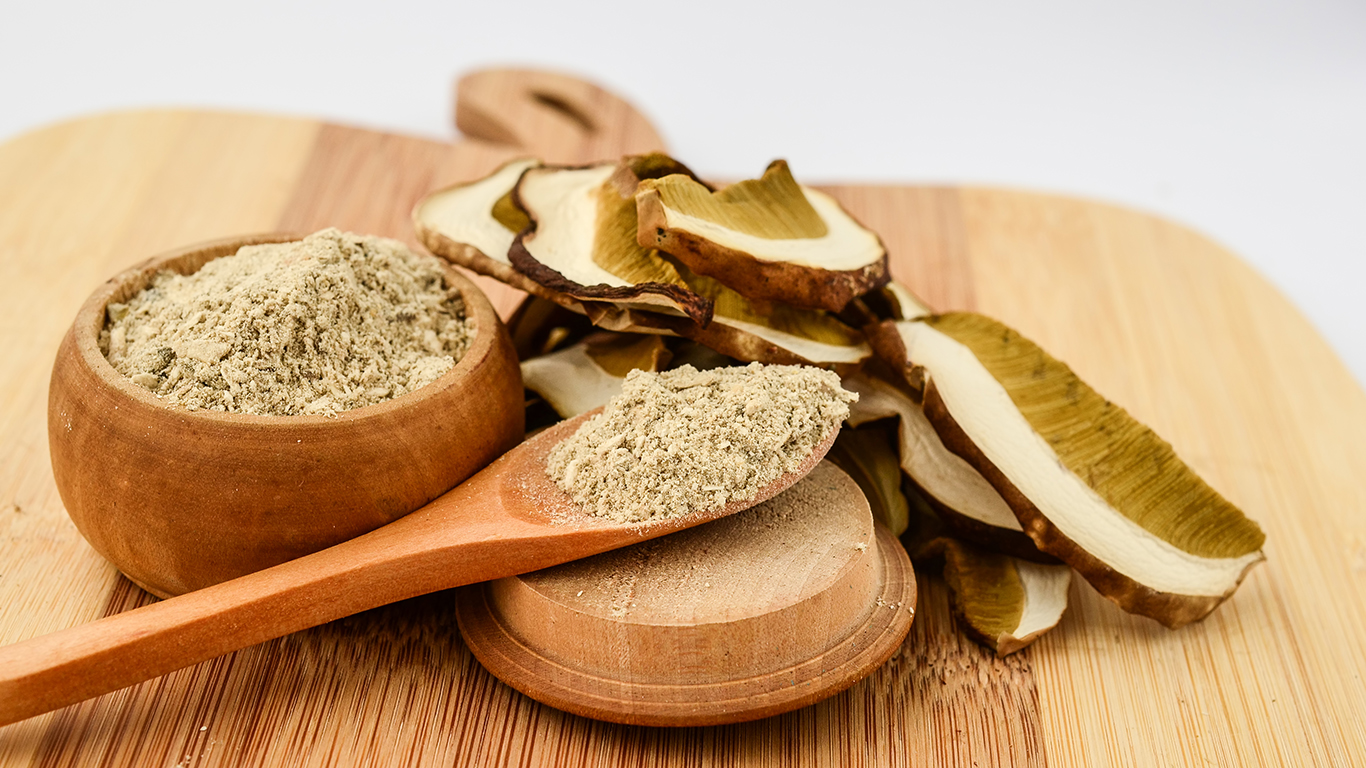
Powdered everything
Nine out of 10 Americans don’t eat enough fruits and vegetables, according to the Centers for Disease Control and Prevention, but now there’s away for them to eat several servings a day while hardly noticing it. Technology allows food producers to turn vegetables such as mushrooms, kale, and broccoli, into powder, which can be sprinkled into soups and stews and other foods or added to baked goods or smoothies. And it’s not just produce: Powdered milk is old news, but now there is also powdered honey, peanut butter, yogurt, chia seeds, and even powdered crickets, a great source of protein. Powders can help improve people’s diets, and help reduce food waste as well.
[in-text-ad]
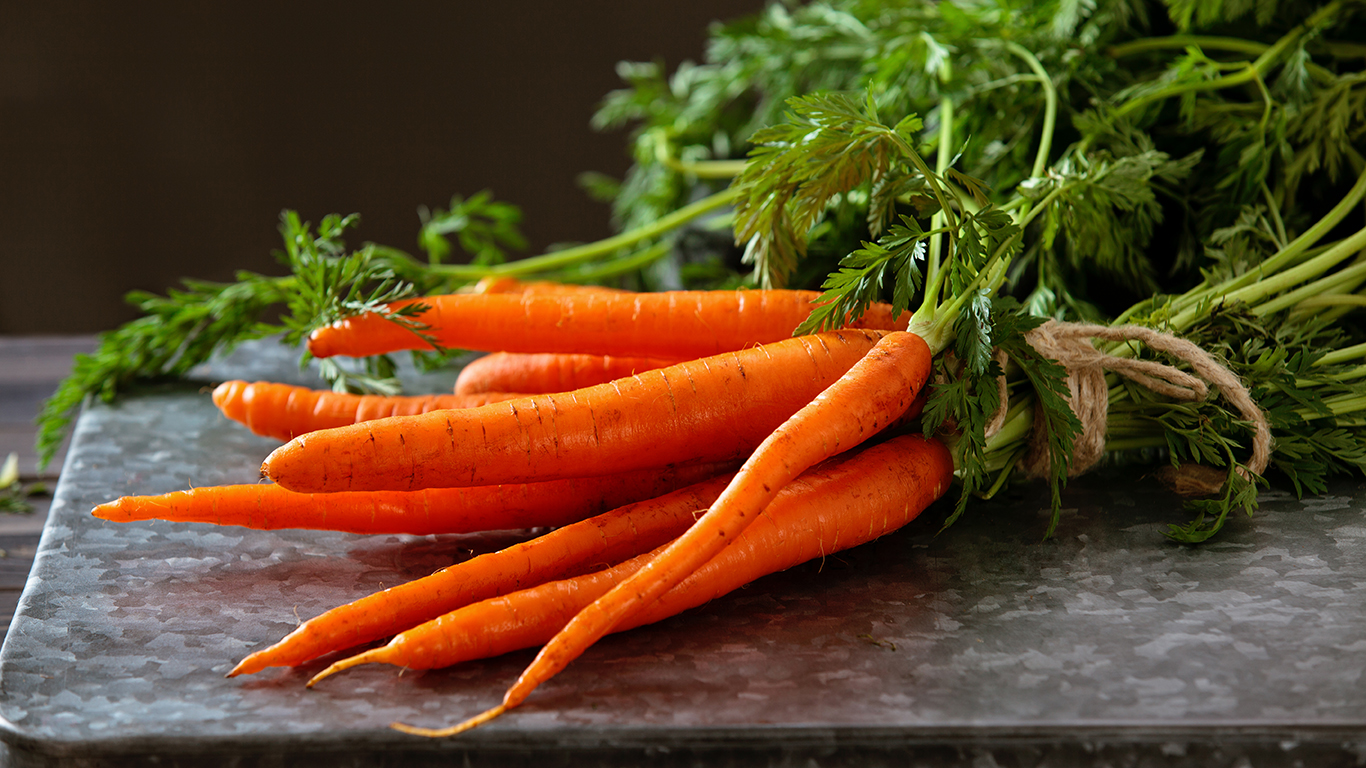
Root-to-stem cooking
Root-to-stem or root-to-leaf cooking, inspired by nose-to-tail cuisine, which seeks to utilize virtually every part of animals slaughtered for food, means using the entire vegetable — peels, seeds, stems, leaves, sprouts, and just about everything part. This is one of the top food trends today, according to the Specialty Food Association, and many restaurants now focus on this way of using produce, even drying some stems and leaves and such and turning them into powder (see above). Considering that Americans waste about a pound of food per person every day, this is a welcome trend.
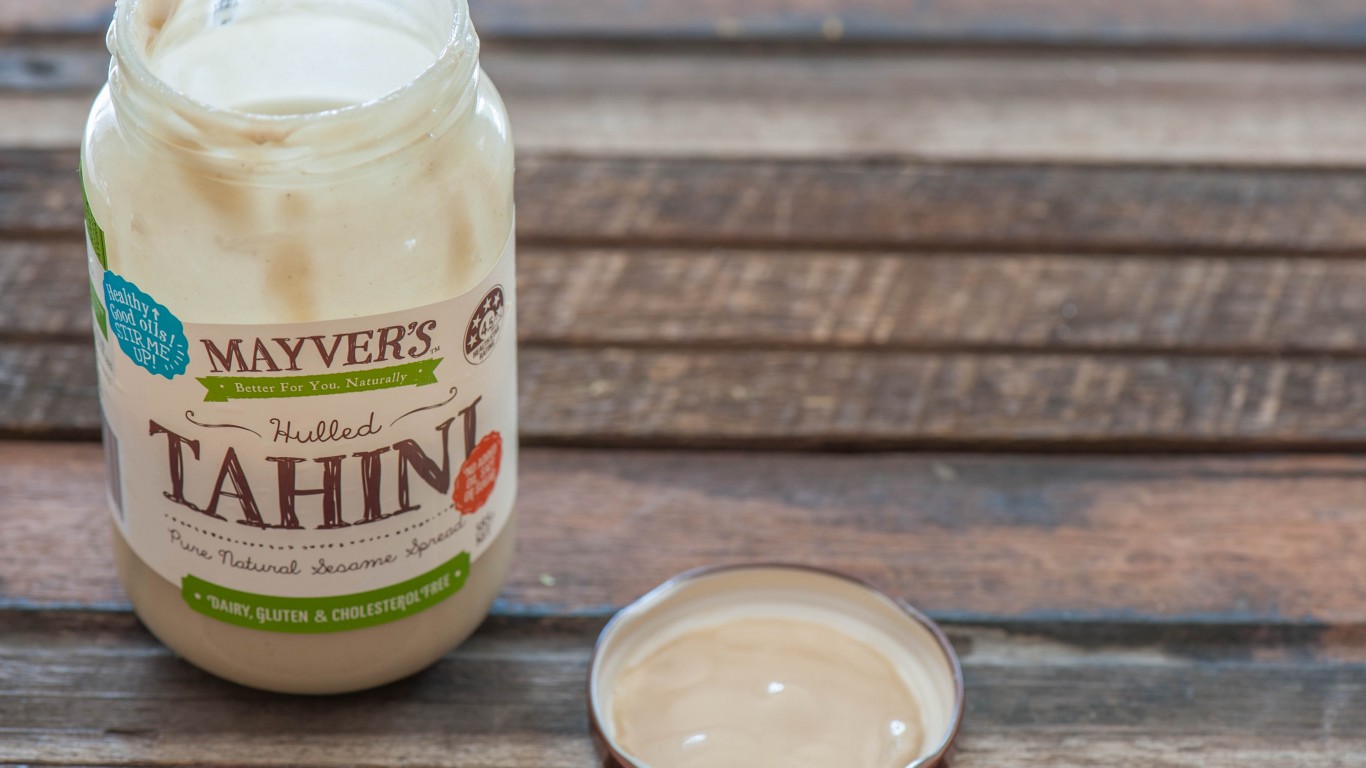
Tahini flavored foods and drinks
Tahini, a smooth paste of ground toasted sesame seeds, is no longer restricted flavoring to hummus or other Middle Eastern dishes. You can find it today in smoothies and ice cream and as a sauce or dressing for all kinds of food It’s especially popular among people with nut allergies who can’t eat peanut butter. You can make tahini yourself — all you need is hulled white sesame seeds and avocado or olive oil — but it’s also widely available in specialty stores.
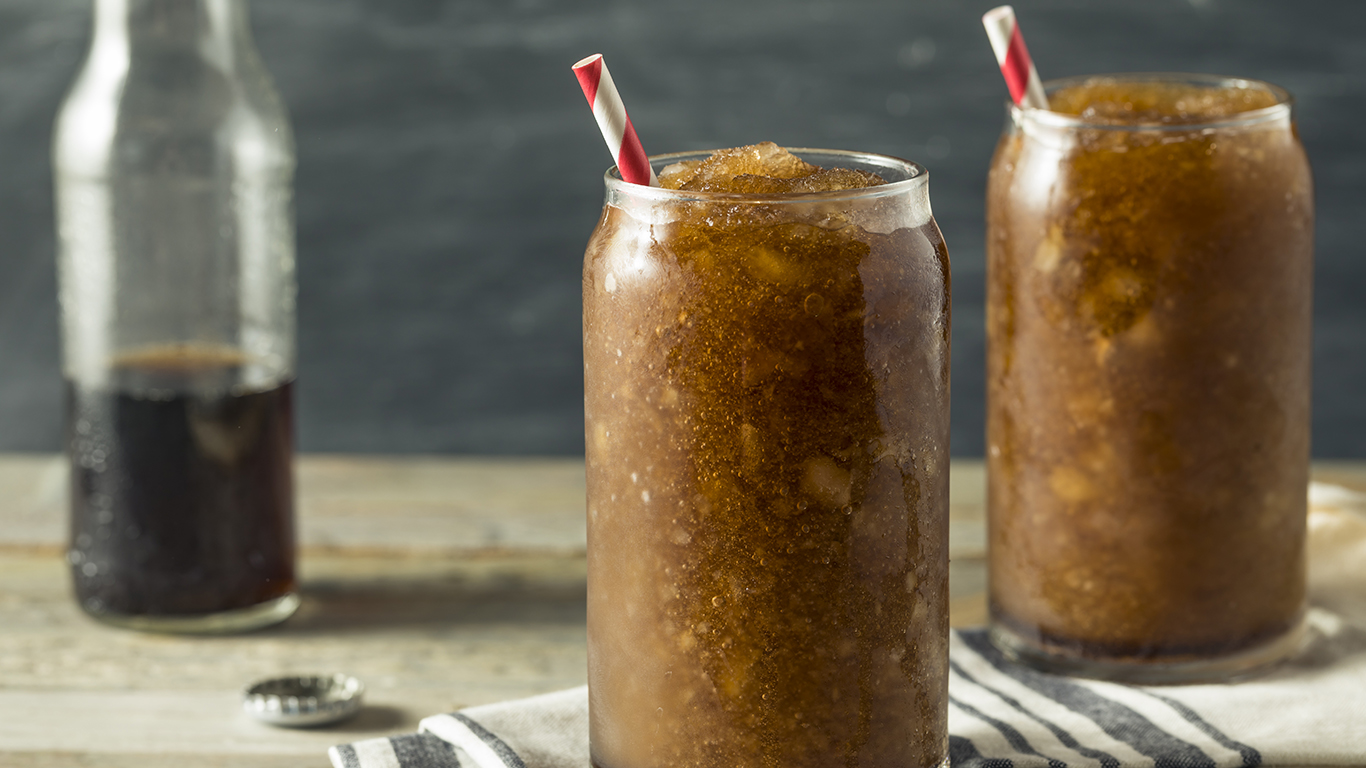
Coke slushies
After eight years of trying out different slushies, Coca Cola finally produced a version in the summer in 2018 that was a success — though unfortunately it was only available in Japan. (You can easily find recipes to make it at home. All it takes is a bottle of Coke, ice, and a blender.) The company is now said to be experimenting with frozen versions of its popular Fanta Orange and Fanta Grape sodas.
Thank you for reading! Have some feedback for us?
Contact the 24/7 Wall St. editorial team.
 24/7 Wall St.
24/7 Wall St.


